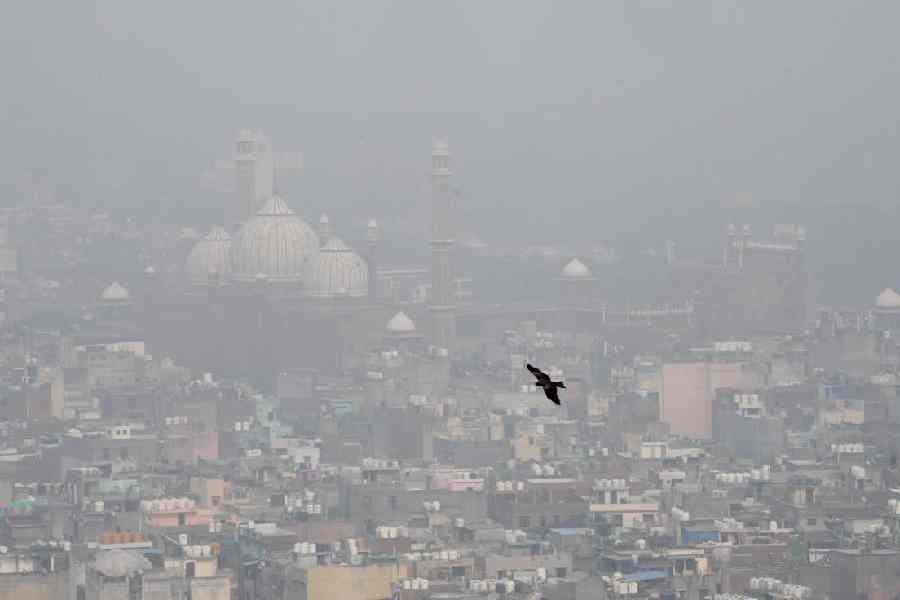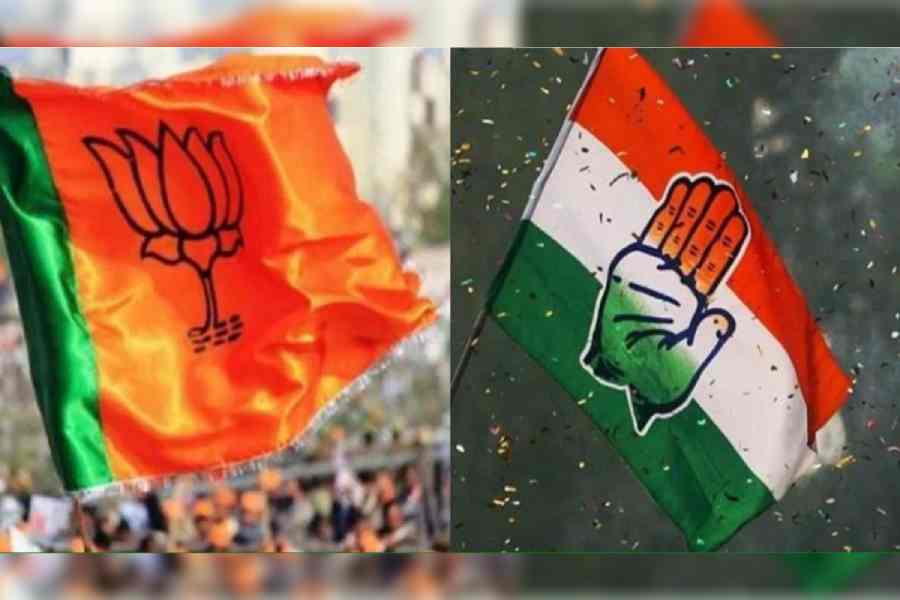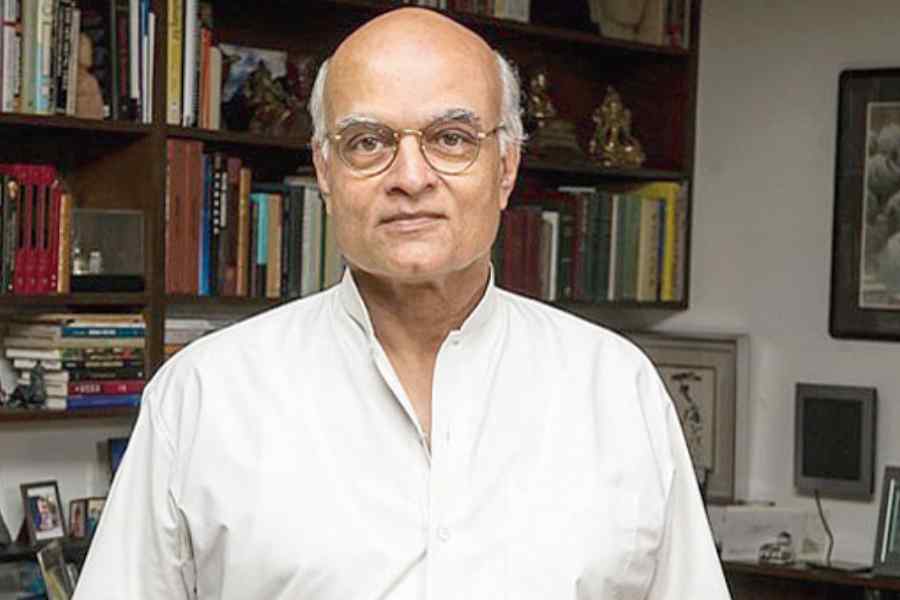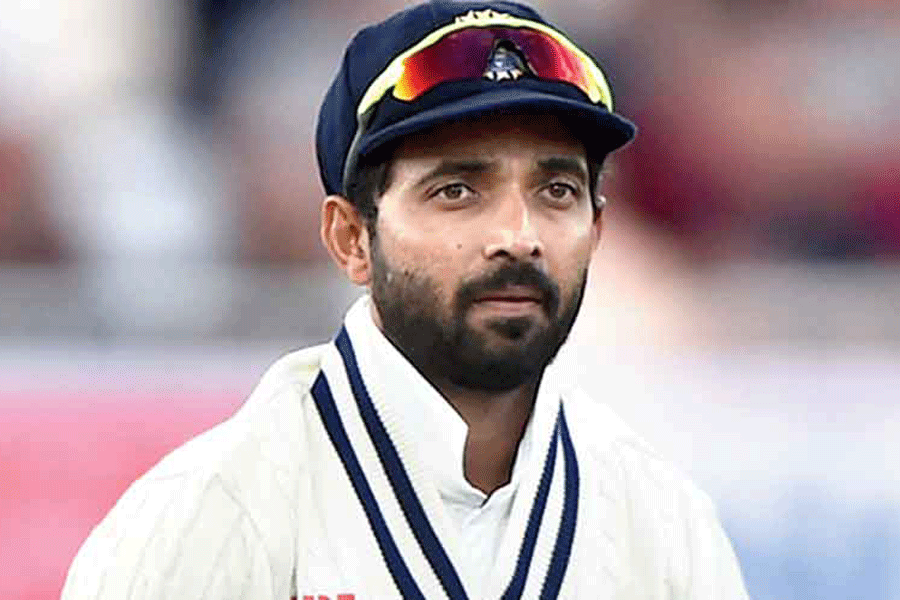Delhi's Air Quality Deteriorates After Diwali Despite Ban on Firecrackers
Pollution levels in Delhi rose on Monday morning, returning the city to a hazy, smokey sky after citizens disregarded the ban on firecrackers on Diwali night.

Following citizens' disregard for the prohibition on firecrackers on Diwali night, Delhi saw an increase in pollution levels and the return of a hazy, smokey sky on Monday morning.
On Sunday, the city's 24-hour average Air Quality Index (AQI) was 218 at 4 pm, marking the greatest air quality it has seen on Diwali day in eight years. Nevertheless, despite the chilly weather, a firework that blasted until late Sunday night caused pollution levels to rise.
The AQI was in the bad category at 275 at 7 am. In some places, like as Shadipur (315), Ayanagar (311), Lodhi Road (308), Pusa (355), and Jahangirpuri (333), the pollution levels have even risen to the extremely bad category. In these places, the quantity of PM2.5, a tiny particulate matter that may enter the respiratory system deeply and cause respiratory issues, was six to seven times higher than the acceptable limit of 60 microgrammes per cubic meter.
Early in the morning, firecracker explosions caused the PM2.5 concentration in some parts of the city, including Okhla and Jahangirpuri, to rise beyond 1,000 micrograms per cubic meter. According to statistics from the Central Pollution Control Board, Delhi had an AQI of 312 on Diwali last year, 382 in 2021, 414 in 2020, 337 in 2019, 281 in 2018, 319 in 2017, and 431 in 2016.
The AQI of the city was 360 in 2015, 445 in 2016, 403 in 2017, 390 in 2018, 368 in 2019, 435 in 2020, 462 in 2021, and 303 in 2022 on the day after Diwali.
A score of 0–50 is regarded as acceptable, 51–100 as fair, 101–200 as moderate, 201–300 as bad, 301–400 as extremely poor, 401–450 as severe, and over 450 as severe plus.
The air quality in Delhi improved significantly in the days leading up to Diwali this year, and residents enjoyed clear skies and plenty of sunlight on Saturday and Sunday. The improvement was credited to Friday's sporadic rains and favorable wind conditions for the dispersal of pollutants.
Beginning on October 28, the city had very bad to severe air quality for two weeks, and the nation's capital was shrouded in a stifling haze throughout that time.
Delhi has declared a complete ban on the production, sale, and usage of firecrackers within the city, following the precedent set by the previous three years.
Due to favorable weather, fewer cases of stubble burning, delayed rainy periods, and an early Diwali, the national capital was spared from becoming a gas chamber after the festival of lights.
According to the Decision Support System, a numerical model-based framework that can identify the sources of particulate matter pollution in Delhi, stubble burning in Punjab and Haryana, two of the neighboring states, is estimated to be responsible for 35% of the PM2.5 pollution in the city on Sunday. On Monday, it is most likely to be 22%, and on Tuesday, it is likely to be 14%.
The statistics also revealed that 12 to 14% of Delhi's recent bad air came from transportation, another significant source of the city's pollution.
Except for the headline, this story has not been edited by Press Time staff and has been published from a syndicated feed.























































